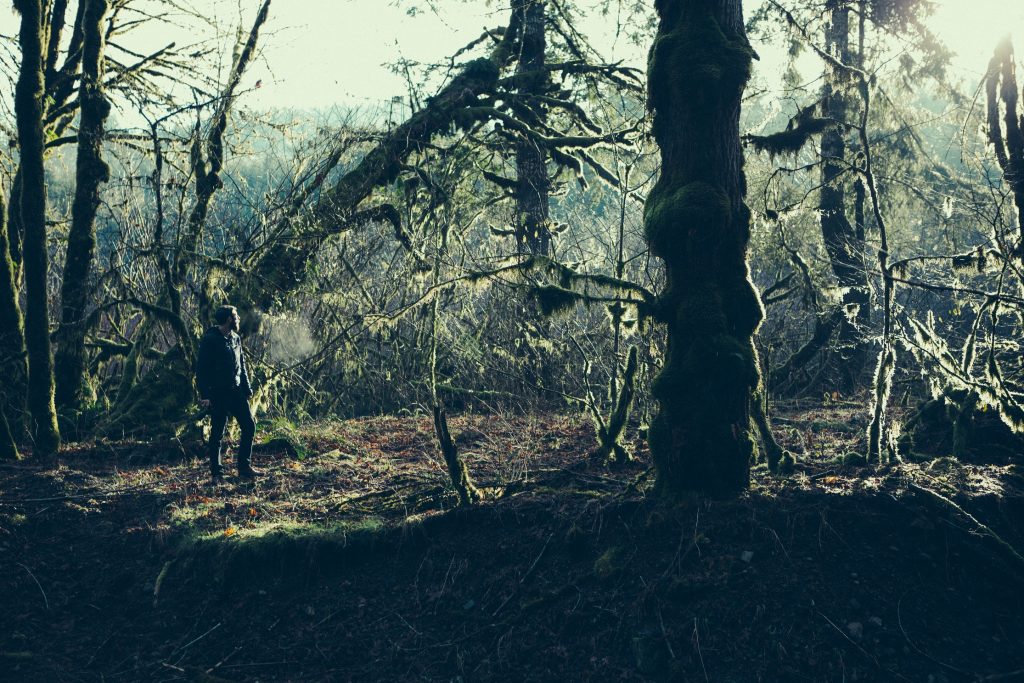
What is Forest Therapy
In today’s fast-paced, hyper-connected world, we often find ourselves disconnected from nature, caught in the whirlwind of urban living, technology, and daily stress. However, nature, especially forests, holds an incredible capacity to restore our minds, bodies, and spirits. Forest therapy, also known as “shinrin-yoku” or “forest bathing,” has emerged as a transformative healing practice that helps people reconnect with nature to improve mental and physical well-being.
Forest therapy is the practice of immersing oneself in a natural, forested environment, engaging all five senses to create a deep connection with nature. Unlike hiking or camping, which are focused on exercise or survival skills, forest therapy encourages participants to slow down, breathe deeply, and mindfully observe their surroundings. It’s a meditative, intentional experience designed to promote relaxation, mindfulness, and a sense of peace.
The term “shinrin-yoku” was coined in Japan in the 1980s, when researchers began studying the health benefits of spending time in nature. Their findings were profound: regular exposure to forest environments led to reduced stress, improved mood, increased immune function, and lower blood pressure. Today, forest therapy has grown into a global movement, with guided forest therapy walks now offered in many countries.
How Does Forest Therapy Heal?
- Reduction of Stress and Anxiety Forest therapy helps reduce stress and anxiety by exposing us to phytoncides, natural substances from plants and trees that lower cortisol levels. The peaceful forest ambiance also promotes relaxation and mental calmness.
- Enhancement of Mental Clarity and Creativity Studies have shown that spending time in nature enhances cognitive functioning, including improved focus, memory, and creativity. In a world where we are constantly bombarded with information, forest therapy provides a mental reset. It encourages mindfulness and reflection, which can spark new ideas and boost problem-solving skills. Many people report feeling mentally refreshed and inspired after a forest therapy session.
- Improved Mood and Emotional Healing Nature has a profound impact on emotional well-being. Exposure to natural landscapes has been linked to decreased symptoms of depression, anxiety, and PTSD. Forest therapy allows individuals to confront difficult emotions in a gentle, non-threatening environment. The quietude and beauty of the forest create a space for introspection, helping people process trauma, grief, or stress in a nurturing setting.
- Connection to Something Greater For many, forest therapy fosters a deep sense of connection to something larger than oneself. The experience of being surrounded by towering trees, rustling leaves, and the songs of birds can evoke feelings of awe and wonder. This connection to nature often leads to a greater sense of purpose, grounding, and spiritual well-being. For some, it becomes a practice of mindfulness and meditation, helping to cultivate inner peace and balance.
- Physical Health Benefits Beyond its emotional and psychological benefits, forest therapy has a positive impact on physical health. Spending time in a forest has been shown to lower heart rates and blood pressure, improve immune function, and reduce inflammation. Forest therapy can even promote better sleep, thanks to its ability to calm the nervous system and help individuals unwind after a stressful day.
Forest Therapy and Trauma Healing
For those who have suffer from past pain, nature-based therapies like forest therapy offer a safe and healing space. Forest therapy aligns well with trauma-informed care, as it emphasizes safety, mindfulness, and the non-judgmental observation of one’s inner experience. Nature provides a gentle, soothing backdrop for processing difficult emotions, allowing individuals to explore feelings that might feel overwhelming in other settings. The act of being in nature can feel grounding and stabilizing, which is particularly beneficial for those recovering from trauma.
Many therapists now integrate forest therapy into their practice, offering clients an opportunity to explore therapeutic work in a natural environment. The practice can complement other forms of therapy, such as family systems therapy, cognitive-behavioral therapy (CBT), or mindfulness-based interventions. The forest becomes a co-facilitator in the healing process, providing a serene, restorative environment that enhances the work done in traditional therapy sessions.
How to Begin Your Forest Therapy Journey
Starting your own forest therapy practice doesn’t require a guide or special equipment, although guided sessions can provide deeper insights. Here are some simple ways to begin:
- Find a Forest or Green Space Near You – Seek out a local park, nature reserve, or forested area. Even a small patch of woods can have a profound effect.
- Go Slow and Engage Your Senses – Unlike a typical walk or hike, forest therapy encourages you to slow down. Notice the colors, textures, smells, and sounds around you. Touch the bark of a tree, listen to the rustle of leaves, or smell the earth after rain.
- Be Present – Set aside distractions. Leave your phone behind or on silent. Focus on your breathing, the sensations in your body, and your surroundings.
- Practice Regularly – The benefits of forest therapy build over time. Try to make it a regular practice, whether weekly or monthly, to reap its full healing potential.
Conclusion
Forest therapy is a powerful, evidence-based practice that taps into our intrinsic connection to nature for mental, emotional, and physical healing. In a world filled with digital noise and constant stimulation, spending intentional time in the forest can offer a much-needed respite. Whether you are seeking relief from stress, looking to heal from trauma, or simply longing for a deeper connection to the natural world, forest therapy provides a path toward restoration and balance. Take a step into the forest, and let the healing begin.